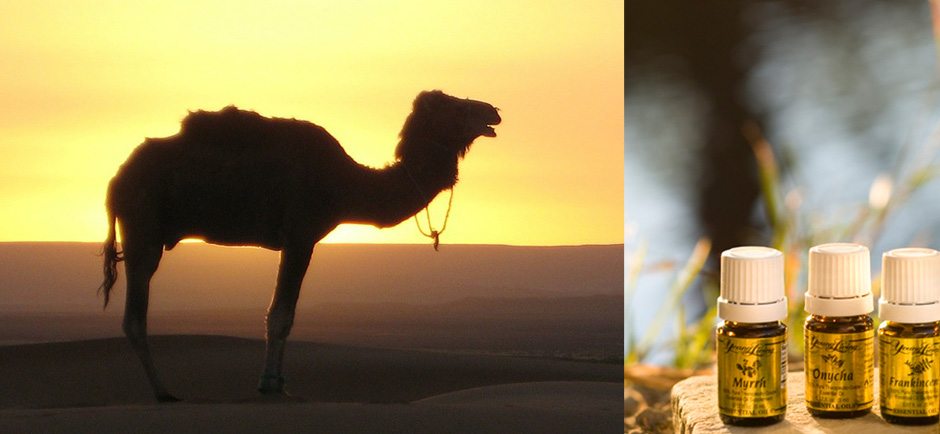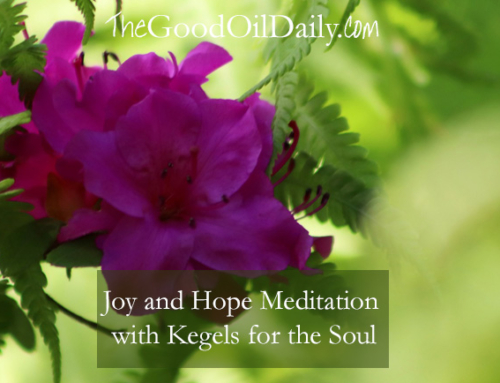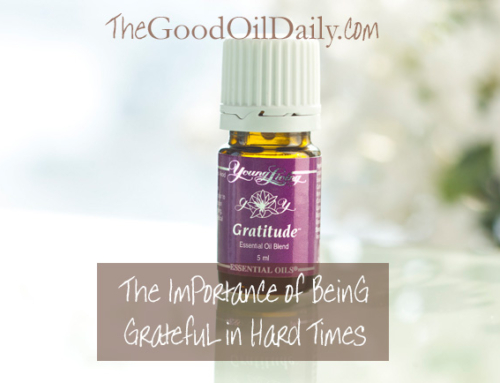Essential oils have a long, long history. (And no cheeky comments asking whether I was there or not, please.) Dating back to 4500 BC, records tell of balsamic substances with aromatic properties being used for religious ceremonies and medicinal applications.
In ancient Egypt, Imhotep was one of the founders of Pharaonic medicine and credited with using aromatics for medicinal purposes. Hieroglyphics on Egyptian temple walls show the blending of oils. There are even oil recipes, including ones for hyphi, an incense blend of frankincense, myrrh, honey, wine-soaked raisins, sweet flag, pine resin and juniper. (Almost sounds like something you could serve up with a chaser of eggnog! )
Have you heard of the Ebers Papyrus? Dating back to 1500 BC and discovered in 1817, the Ebers Papyrus is a scroll of more than 265 metres (870 feet) laden with medical information, including some 800 herbal remedies and recipes. And it’s not the only one. Many of the remedies in these various scrolls include myrrh and honey, both recognised for their support against bacteria and one of the reasons for myrrh’s use in embalming.
Myrrh was also linked with maintaining healthy skin. Hmm, a bit late for those being embalmed ! But considering its preservative qualities, it sounds like a super ingredient for high-performance natural skin care products like Young Living’s Boswellia Wrinkle Cream, Sandalwood Moisture Cream and Essential Beauty Serum for dry skin. Historically, Arabian people used myrrh for wrinkles, and chapped or cracked lips and skin, providing even more reasons for its inclusion.
This will also connect you up with The Good Oil Team for our personal support and coaching. We'd love to help you on your journey to vibrant well-being the natural way!
Any questions? Please get in touch via our Contact page.
Along with these ancient references, myrrh is one of the essential oils mentioned prolifically throughout the Bible. Those of most significance have been gathered into a collection by Young Living called The Twelve Oils of Ancient Scripture™ Kit. (Please click here. to read the back story.) Today’s post has become an homage to Commiphora myrrha, aka myrrh, so let’s make this our starting point for getting to know these Twelve Oils better.
Myrrh is high in sesquiterpenes. These compoundswork with the limbic system in the brain (the centre of memory and emotions), the pineal and pituitary glands, and the hypothalamus (producer of thyroid and growth hormones and more). As with other oils high in sesquiterpenes like frankincense and sandalwood (also in The Twelve Oils of Ancient Scripture™ Kit), myrrh is uplifting and used to promote spiritual awareness.
References in the Bible include these rather poetic ones from The Song of Solomon:
“I am come into my garden, my sister, [my] spouse: I have gathered my myrrh with my spice; I have eaten my honeycomb with my honey; I have drunk my wine with my milk: O friends; drink, yea, drink abundantly, O beloved.” 5:1
“His cheeks are as a bed of spices, as sweet flowers: his lips like lilies, dropping sweet smelling myrrh.”5:13
This sweet smelling myrrh is just the beginning of our adventures with this collection of beautiful oils. Why not subscribe to our email digests so you’ll know when we explore more of them. (You’ll find the easy-subscribe box near the top and bottom of this page.)






